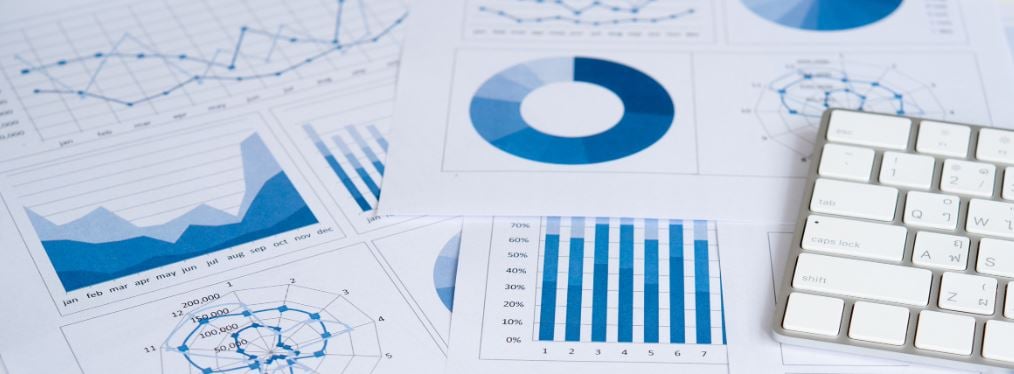New Product Design vs. New Product Development
New product design and new product development are distinct yet interconnected phases in the journey of bringing innovative products to market.
Innovation and staying ahead of the competition are crucial for success. Two fundamental processes in bringing a new product to market are new product design and new product development. While these terms are often used interchangeably, they represent distinct stages in the overall product creation journey. Understanding the differences between new product design and new product development will shed light on their unique roles and significance.

Defining New Product Design
New product design primarily focuses on the creative and conceptual aspects of developing a product. It encompasses ideation, conceptualization, and the visual representation of a product idea. Designers collaborate to transform abstract concepts into tangible and visually appealing prototypes that capture the essence of the product's intended purpose and functionality.
Key Elements of New Product Design
- Ideation: This stage involves brainstorming and generating ideas to address a specific market need or problem.
- Conceptualization: Once ideas are generated, designers refine and select the most promising concepts, considering factors such as feasibility, market demand, and alignment with the company's overall strategy.
- Prototyping: Designers create physical or digital prototypes to provide a visual representation of the product idea. These prototypes can be used to gather feedback, test functionality, and make necessary adjustments before moving into the development phase.
Goals of New Product Design
- Visualize and communicate the product concept.
- Explore different design alternatives and evaluate their feasibility.
- Validate the market potential and gather early user feedback.
- Identify and address any potential design challenges or limitations.

Defining New Product Development
New product development encompasses the entire process of transforming a design concept into a market-ready product. It involves refining the product design, engineering, manufacturing, and establishing a viable production and distribution strategy. This stage requires close collaboration between designers, engineers, marketers, and various stakeholders to bring the product from concept to reality.
Key Elements of New Product Development
- Detailed Design: During this phase, the design concept is further refined, considering technical specifications, materials, manufacturing processes, and regulatory requirements.
- Engineering: Engineers work on translating the design into functional specifications, ensuring that the product meets performance standards, safety regulations, and quality requirements.
- Manufacturing: The production process is established, including sourcing materials, setting up production lines, and conducting pilot runs or small-scale manufacturing to test and optimize the manufacturing process.
- Marketing and Launch: Strategies are developed to create awareness, generate demand, and successfully introduce the new product into the market.
Goals of New Product Development
- Transform the design concept into a tangible, functional product.
- Optimize the product's performance, reliability, and manufacturability.
- Align the product with market demands, competitive landscape, and business objectives.
- Successfully bring the product to market, ensuring a seamless launch and adoption.
Summary
While design focuses on the creative aspects and visualization of a product concept, development delves into the technical, engineering, and manufacturing aspects to create a market-ready product. Both processes are essential and require collaboration across various disciplines to achieve success. Understanding the differences between new product design and new product development can help businesses navigate the complexities of product innovation more effectively, resulting in compelling, functional, and successful offerings.

While it's tempting to rely solely on internal resources and capabilities, working with experienced product development experts can offer a multitude of benefits that accelerate the commercialization process, control costs and timelines, and mitigate failure risks. Learn more about the value of product commercialization partnerships.
Product development management consulting is a service that assists businesses in optimizing their product development process, from ideation to commercialization.
Are you asking questions? Are you asking the right questions? Do you have the correct processes in place? Product development management consulting helps businesses streamline their product development process, making it more efficient, effective, and profitable.
Key benefits of product development management consulting
-
Expertise and Knowledge: Product development management consultants have extensive experience in product development and can offer valuable insights and expertise to businesses.
-
Improved Efficiency: A well-designed product development process can significantly improve efficiency and reduce costs.
-
Risk Management: Product development management
 consultants can help businesses identify potential risks and develop strategies to mitigate them.
consultants can help businesses identify potential risks and develop strategies to mitigate them. -
Increased Innovation: Product development management consultants can help businesses generate new product ideas and foster a culture of innovation within the organization.
-
Scalability: As businesses grow, their product development process must scale accordingly.
In conclusion, product development management consulting can help businesses optimize their product development process, increase efficiency, mitigate risk, foster innovation, and scale for growth. By working with an experienced consultant, businesses can gain valuable insights and expertise that can help them stay competitive in today's fast-paced market.
Boston Engineering specializes in product design, engineering consulting, and digital solutions from concept development through commercialization. For almost three decades, we’ve worked with clients to design, develop, and optimize devices and technologies to improve and save lives.
Imagine your Impact: Stay up-to date- with the latest insights and trends we're watching. Add your email address below and sign up for a monthly summary of our most impactful posts!











